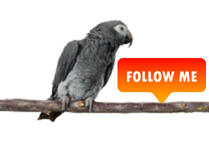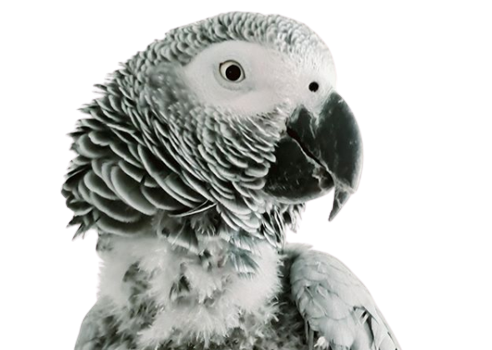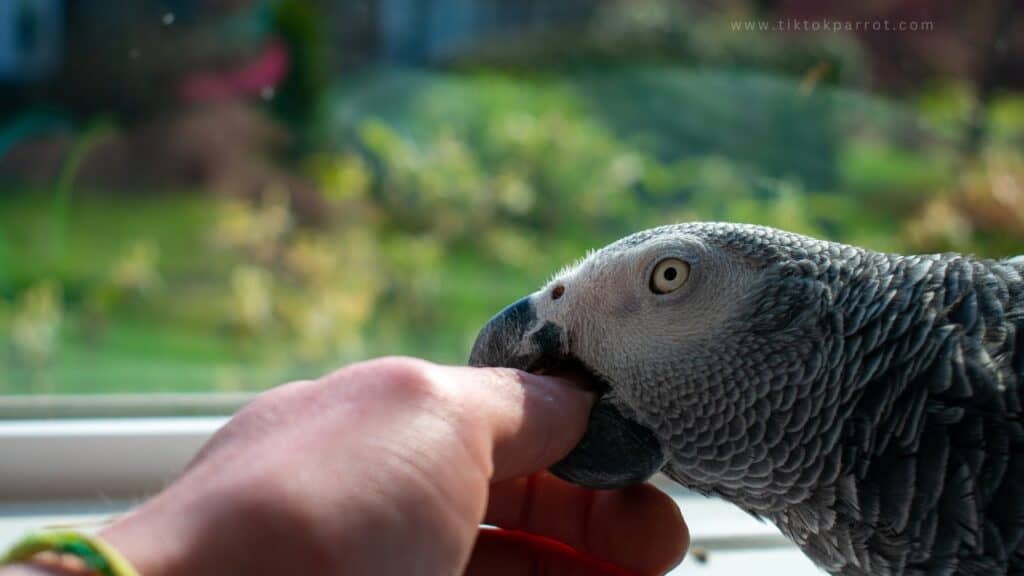Parrots are charming, colorful, and incredibly intelligent creatures. But let’s face it—those beaks can pack a punch! If your parrot has turned into a nippy little rascal, you’re probably wondering, “How do I get my bird to stop biting me?” Don’t worry; you’re not alone. Many parrot owners have been in your shoes (or bitten on the finger), and the good news is that biting is a behavior that can be trained away with patience, consistency, and a pinch of humor.
Let’s be real—sometimes it feels like your parrot is competing in the Biting Olympics. They’ve got speed, precision, and a whole lot of determination. But don’t let them win the gold medal! Stick to your training plan, and you’ll soon be the reigning champion of peace and harmony.
Table of Contents
Ready to reclaim your role as the boss? Let’s dive into the steps to train your parrot not to bite—and turn that beaky menace into a well-behaved feathered friend.
Why Do Parrots Bite?
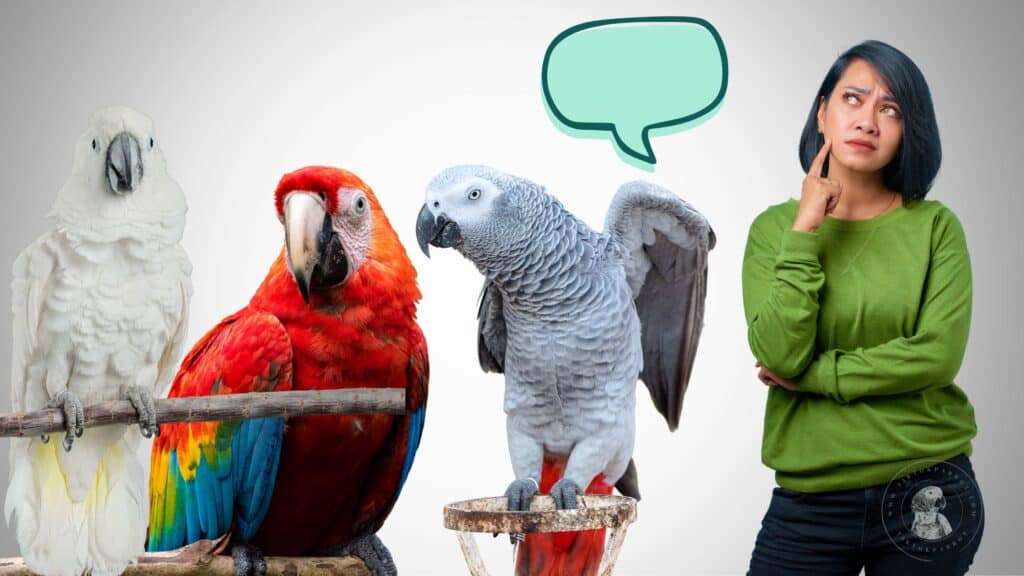
Before jumping into solutions, it’s important to understand why your parrot is biting in the first place. Think of it like solving a mystery—once you figure out the motive, you can address the behavior.
- Fear: Your parrot might be scared. Maybe a sudden movement startled them, or they’re unsure of you.
- Territorial Behavior: Parrots can be protective of their space, like a grumpy roommate who doesn’t want you touching their stuff.
- Hormonal Changes: When hormones are raging (yes, birds go through this too), they can get extra cranky.
- Boredom: Parrots are like toddlers—they need entertainment. A bored parrot might resort to biting just to spice things up.
- Overstimulation: Too much excitement can sometimes lead to a nip. Think of it as a bird’s way of saying, “Whoa, I need a timeout.”
The Golden Rules of Bite-Free Training

Training a parrot not to bite isn’t about punishment—it’s about understanding, patience, and setting clear boundaries. Follow these golden rules to get started:
1. Stay Calm
First things first—don’t freak out if your parrot bites. Reacting loudly or pulling away too quickly can make them think it’s a fun game. Keep your cool, even if it hurts (yes, I know, easier said than done).
2. Don’t Reward Biting
If your parrot bites to get attention or avoid something, don’t give in. Rewarding the behavior, even unintentionally, will only encourage more biting.
3. Understand Their Body Language
Parrots give off subtle signs before biting, like fluffing their feathers, dilating their pupils, or leaning away. Learn to read these signals and back off before they feel the need to bite.
4. Be Consistent
Birds thrive on consistency. If you set a rule, stick to it. Mixed messages will only confuse your feathered friend.
Step-by-Step Guide to Train Your Parrot Not to Bite
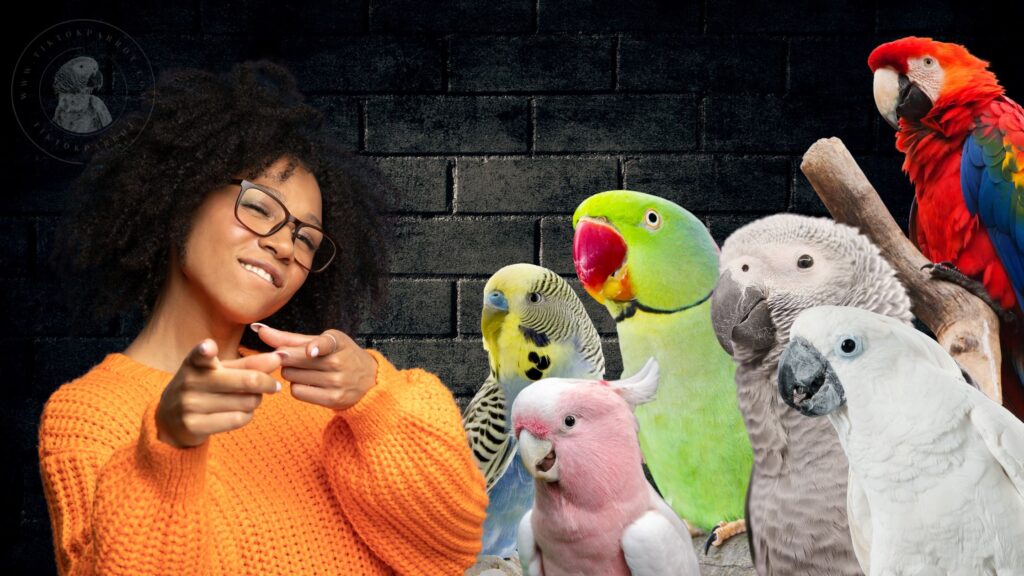
Now that you know the basics, let’s break down the training process:
Step 1: Build Trust
Would you take advice from someone you don’t trust? Neither will your parrot. Spend quality time with them every day—talk to them, offer treats, and let them see you as a friend, not a threat.
Step 2: Use Positive Reinforcement
Parrots respond best to positive reinforcement. When they behave well (like stepping up without biting), reward them with their favorite treat or praise. Think of it as giving them a gold star for good behavior.
Step 3: Teach the “No Bite” Command
Choose a calm but firm phrase like “No bite” whenever your parrot tries to nip. Say it in a neutral tone—no yelling, no drama. Then, immediately redirect their attention to something else, like a toy.
Step 4: Offer Alternatives
If your parrot is biting out of boredom or overstimulation, provide plenty of toys, foraging activities, and playtime to keep them busy. A busy bird is a happy bird!
Step 5: Practice “Step Up” Training
Teach your parrot to step onto your hand or a perch on command. This gives them something constructive to do and establishes you as the leader.
Step 6: Avoid Triggers
Identify what sets off your parrot’s biting and try to minimize those triggers. For example, if they bite when you reach into their cage, work on desensitizing them to that specific action.
Common Mistakes to Avoid
- Punishing Your Parrot: Yelling, hitting, or other forms of punishment don’t work and can damage your bond.
- Being Inconsistent: If you allow biting sometimes but not others, your parrot will get confused faster than a kid in a candy store.
- Ignoring the Root Cause: Always address why your parrot is biting instead of just reacting to the behavior.
Patience Is Key
Remember, training your parrot not to bite won’t happen overnight. It’s a process that takes time, effort, and a lot of patience. Think of it like teaching a toddler not to throw food—challenging, but totally worth it!
My Closing Thoughts
Biting is a common issue with parrots, but with the right approach, you can train your African Grey or any parrot to keep their beak to themselves. Focus on building trust, using positive reinforcement, and staying consistent. Your parrot isn’t out to get you—they just need a little guidance to understand what’s okay and what’s not.
Have you dealt with a biting parrot before? What worked (or didn’t) for you? Share your stories, tips, and questions in the comments below. Let’s help each other out!
If you liked this blog, please share it with your family and friends who might also find it helpful. If you love African Greys, join our community of Grey owners! You can meet other owners, share tips and learn from each other.
Stay safe and much love!

